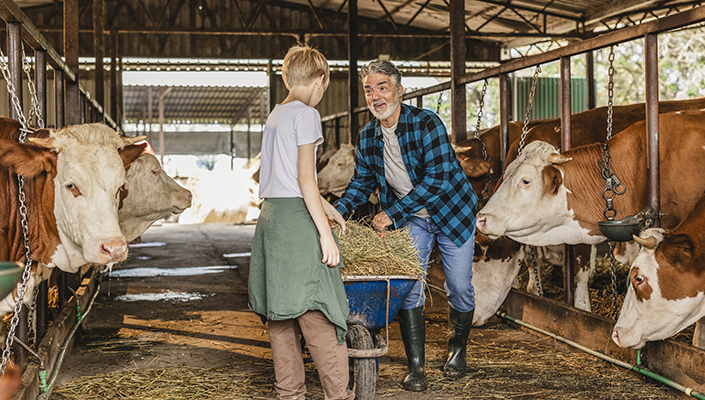Protecting Rural Roots With Every Insurance Policy Sold

Protecting Rural Roots With Every Insurance Policy Sold


October 2025
The U.S. economy has fluctuated significantly over the past five years, with 2025 proving especially challenging for Americans across socioeconomic backgrounds. Following a brief recession after the peak of the COVID-19 pandemic, we experienced a period of rapid growth, with rising employment rates — alongside a sharp increase in inflation. Since the start of 2025, consumer spending and job growth have slowed significantly, with little correlating decline in inflation, creating financial uncertainty and hardship for many Americans. While the impact might not be felt as acutely in urban areas with greater access to basic resources, rural Americans have been seriously impacted by real issues: the high cost of energy, food insecurity, housing shortages, and limited access to healthcare.
The Congressional Budget Office reports that while urban price inflation was 3.7 percent between 2019 and 2021, the rural rate was 4.8 percent. In the last five years, prices have increased 22.8 percent, with food up 28.7 percent and housing up 55.4 percent.
These trends have widened the protection gap in rural markets, signaling a strategic opportunity for life insurers to provide financial stability and long-term security. Supporting individuals and families in these areas to help mitigate the impacts of a fluctuating economy is essential, and life insurers are uniquely positioned to address this protection gap by developing tailored products, improving distribution strategies, and investing in outreach.
Beyond business growth, life insurance represents a social responsibility. Insurers who can strategically address the policy needs of this population have the opportunity to grow business while supporting fellow Americans who most need it. Here are some ways insurance policies can help:
Life insurance offers benefits to rural Americans that far outweigh the cost of a policy — or the cost of losing one’s life or livelihood. Insurers who understand the unique challenges these consumers face can help rural Americans gain traction in a shifting economic landscape and keep their families and businesses supported, whatever comes their way.
Denise McCauley also serves on LIMRA and LOMA’s Board of Directors.

October 2025 Subscribe
AIGG: Driving Responsible AI Adoption in Insurance
Do Lifetime Guarantees Drive Better Retirement Outcomes?
Spotlight on David Payne, VP Employee Benefits at The Standard
Alternatives in 401(k) Plans: Opportunity Meets Opposition
Changing Family Structures Create New Coverage Needs
Protecting Rural Roots With Every Insurance Policy Sold
Timeless Influencers: Can FPs Increase Brand Awareness?
A Tale of Two Products: DI Buyers Choose Security
MarketFacts September 2025 Review